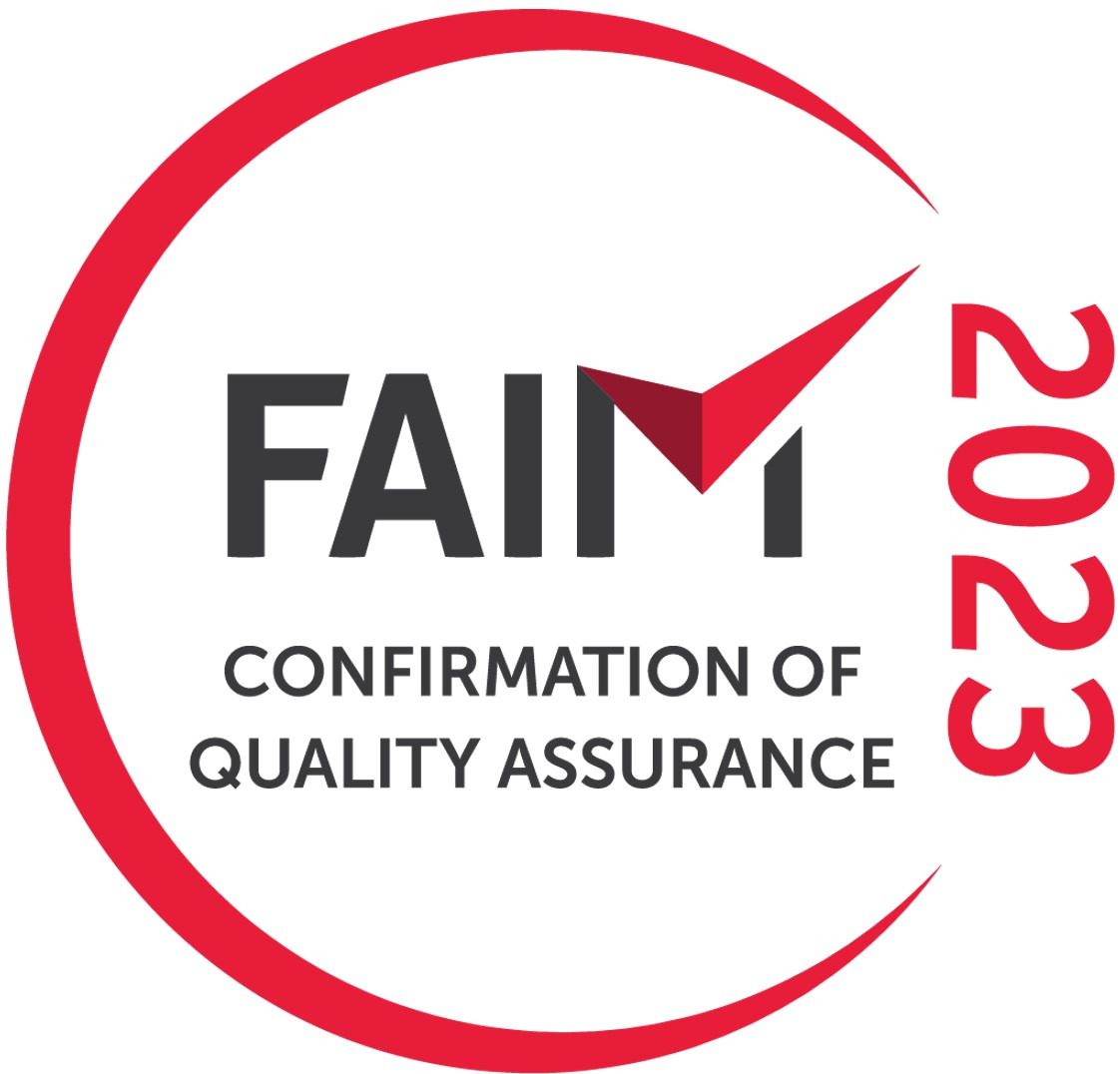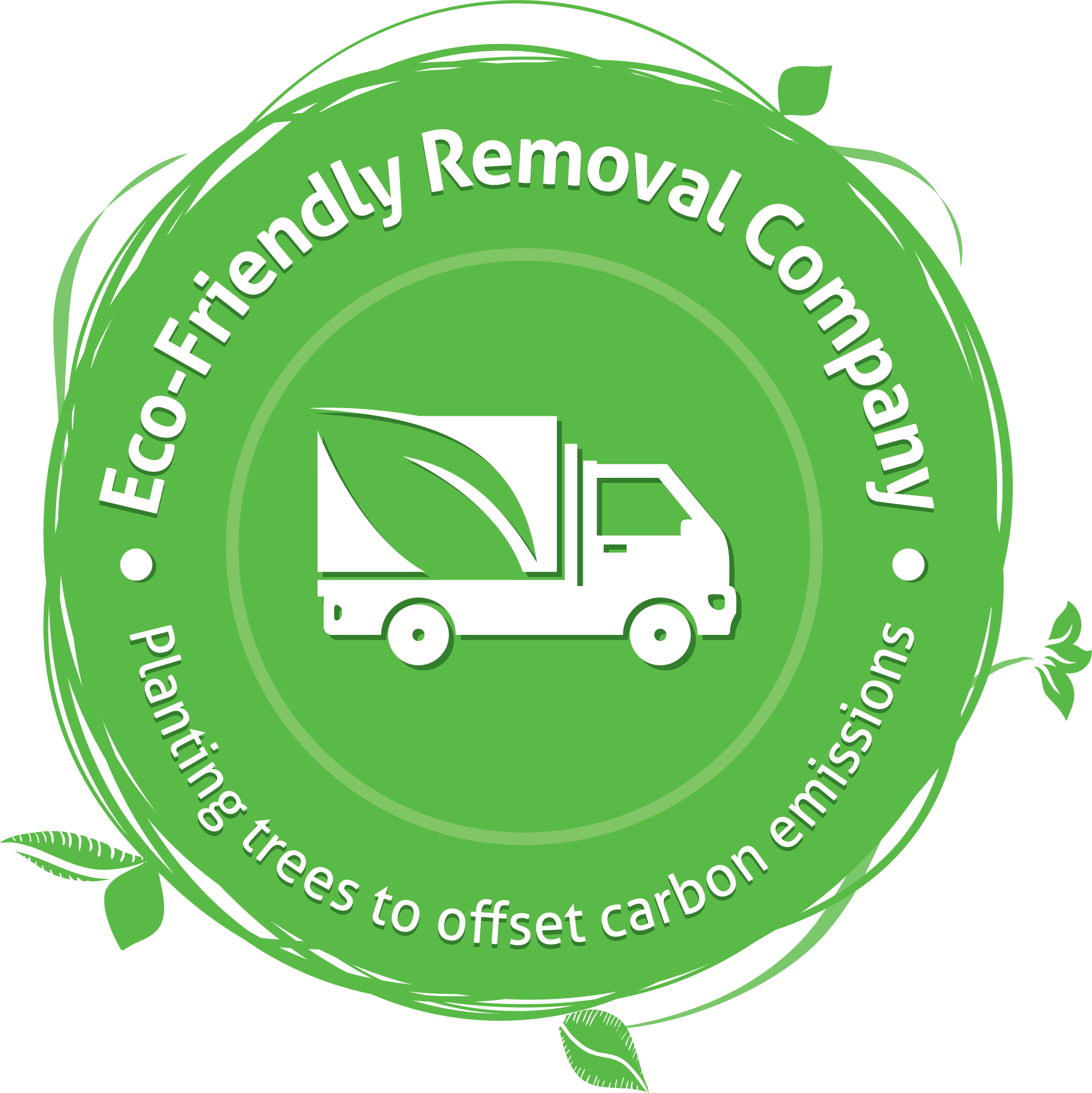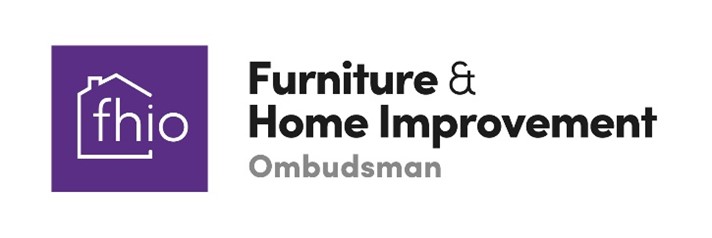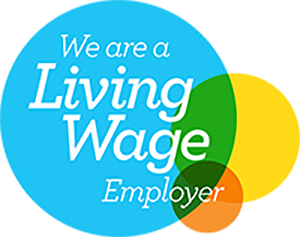An Australian Working Holiday Visa (WHV) can be a great experience for those who want to travel Australia or maybe even work on an Australian farm.
Every year, thousands of university graduates and young people choose to go backpacking. Exploring the hidden corners of another country with new international friends is certainly exciting. And you can do just that in Australia with a Working Holiday Visa (WHV).
This short post is for anyone considering applying for a WHV with all the crucial details you need to know.
How to Get an Australian WHV?
WHVs are available for people from select countries. In fact, there are two different WHVs for different nationalities. There are some criteria that applicants must tick off to be granted their WHV visa:
• You need to have a passport from one of the specified countries
• You need to be between 18 and 30 years old. Canadians, Irish and French nationals can be up to 35 years old
• You must not apply with dependants
• You should have savings to cover your initial cost of living before finding work (note that hostels are usually more expensive in Australia than in Europe)
• You must not have already had a WHV (exceptions discussed in the section below)
The visa enables successful applicants to come and live in Australia for 12 months. When inside Australia, the individual can work for any employer for up to six months and can study for up to four months. The cost of the visa is currently under AU$500/£275.
What Is the 88 Day Rule?
There is a way that the WHV (subclass 417) can lead to another 12-month WHV visa – and even another one after that. If the backpacker decides to work in a remote postcode (usually picking fruit or working as a farmhand) for three months, they can apply for a second WHV visa. This is an initiative to help out Australian farmers.
This period is known as the 88-day rule because 88 days are the least number of days in any possible three-month period. 88 days on a farm can be tough work, but if you work for the same employer for the full three months, and they give you weekends off, those weekends can also count towards your 88 days.
If on the second WHV (subclass 417) the backpacker completes six months of regional work, they are then allowed to apply for a third year in Australia. The fee for each of these visas remains the same.
Should You Do Farm Work?
Most backpackers will do their farm work early if they already intend to stay in Australia for longer than 12 months. Beware, farm work can be especially tough due to the heat in these remote locations. Get your suncream and hat at the ready!
Payment for farmhands has also been scrutinised in the press because many backpackers receive payment based on the weight of fruit picked rather than an hourly wage. It is important to have good fitness to earn a modest income. Nevertheless, working on a farm can be a wonderful experience for those wanting to get in touch with nature.
If you know you do not want to stay in Australia beyond a year, you may choose to combine travel with other jobs available such as working in bars, cinemas or even working for charities.
















